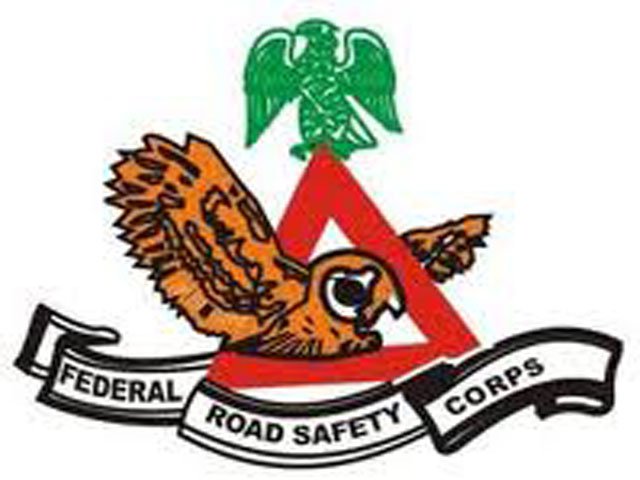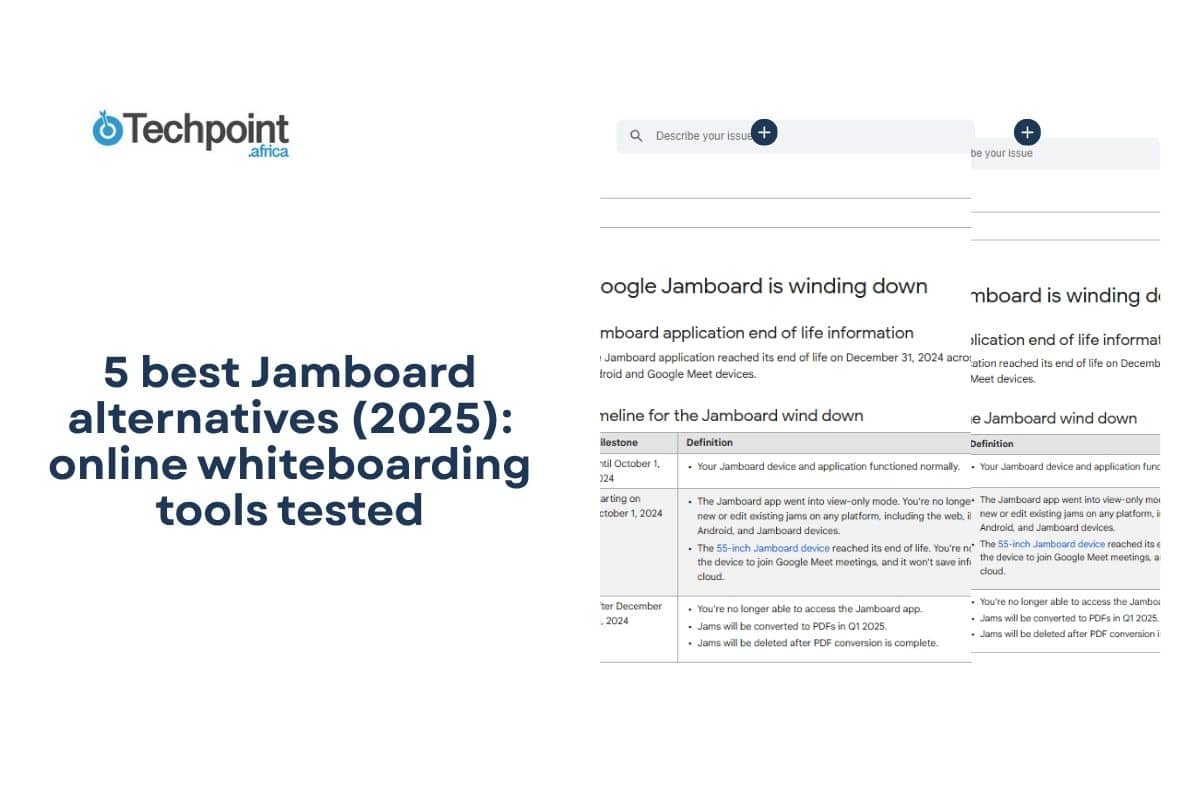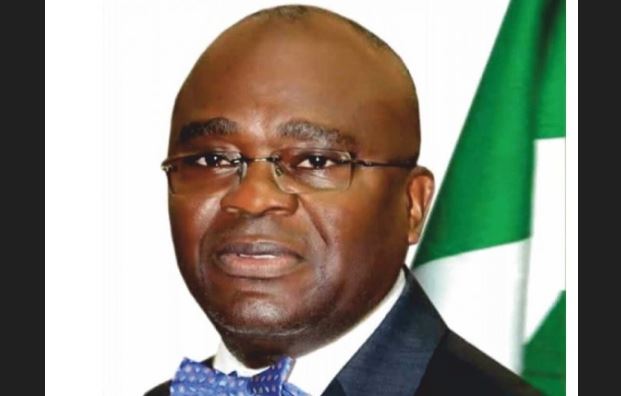Navigating Nigeria’s Motor Insurance Landscape: A Comprehensive Guide
In a recent incident that highlights Nigeria’s complex motor insurance challenges, a Lagos motorist, Mrs Adebayo, faced a near-million naira repair bill for a damaged bumper, only to have her insurer partially reject the claim due to “unauthorised repairs.”
The Federal Road Safety Corps (FRSC) reports that 2024 saw 9,570 crashes claiming over 5,400 lives, making road accidents Nigeria’s third leading cause of death. Despite these stark statistics, Leadway Insurance data shows only 3.4 million of Nigeria’s 12 million registered vehicles carry insurance coverage.
Legal Framework and Recent Changes
Nigerian law mandates minimum Third-Party Motor Insurance for all vehicles. December 2022 marked a significant shift when NAICOM revised premiums, raising private car third-party insurance to N15,000 annually with a N3 million third-party damage compensation limit. Commercial vehicles now require up to N100,000 for N5 million coverage, while comprehensive policies must charge at least 5% of the vehicle’s value.
In 2025, strengthened partnerships between NAICOM, FRSC, and the Nigeria Police Force aimed to boost compliance through enhanced enforcement measures.
Insurance Options and Market Reality
Nigerian motorists can choose from three main coverage types:
– Third-Party Only (basic legal requirement)
– Third-Party, Fire & Theft (limited additional protection)
– Comprehensive Cover (broad protection with specific exclusions)
The insurance market remains underdeveloped, with penetration below 5%. NAICOM’s Q4 2024 Market Bulletin reveals motor insurance comprises 19% of non-life premiums, with insurers settling approximately 80% of claims.
Selecting an Insurance Provider
Key considerations include:
– NAICOM registration verification
– Reputation for claim settlement
– Repair network accessibility
– Digital service capabilities
Leading insurers like AXA Mansard, Leadway Assurance, AIICO, and Cornerstone have established strong track records in claims processing.
Future Outlook
Digital verification systems and stricter enforcement could raise insurance compliance from 28% to 50% by 2027. However, public skepticism persists, with many viewing insurance as a regulatory burden rather than protection.
Practical Recommendations
Motorists should:
– Maintain proper documentation
– Report accidents within 48 hours
– Understand policy exclusions
– Know their rights and complaint procedures
As Nigeria grapples with high accident rates and evolving regulations, choosing appropriate motor insurance becomes increasingly critical. While regulatory improvements continue, the key to better protection lies in informed decision-making and demanding accountability from insurers.







Leave a Comment